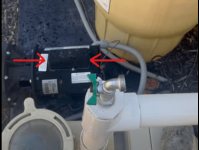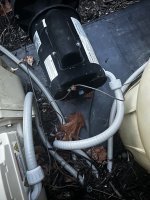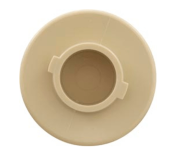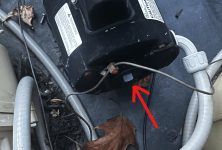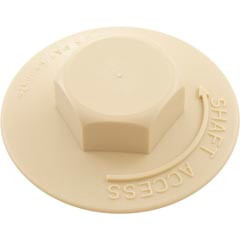- Jun 8, 2021
- 37
- Pool Size
- 13600
- Surface
- Plaster
- Chlorine
- Salt Water Generator
- SWG Type
- Pentair Intellichlor IC-20
After turning on the pool cleaner, I noticed immediately that it didn’t sound right. Usually hear a sound of water turning on but this time it was a loud vibration sound and polaris isn’t moving. Any ideas? Here is a link to the video.


